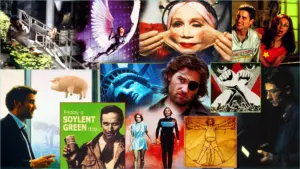It’s easy to find boring movies to stream. Just open Netflix! But what if you want to watch, you know, an actually good movie?
When the streaming revolution came, many cinephiles excitedly anticipated a golden age of access to movies. A typical Blockbuster video-rental store had about 10,000 tapes, but literally half of those were multiple copies of new releases by the big Hollywood studios. If you were looking for classics or foreign films, your choices were very limited. In contrast, at the peak of their rent-by-mail service Netflix had more than 100,000 different titles on DVD. Good riddance, Blockbuster! (Blockbuster’s on-demand service was relocated to Sling.)
When Netflix pivoted to streaming on-demand, it briefly seemed like we would be able to get anything we wanted, legally and without having to wait for those red envelopes to arrive by snail mail. It seemed too good to be true for adventurous cinephiles.
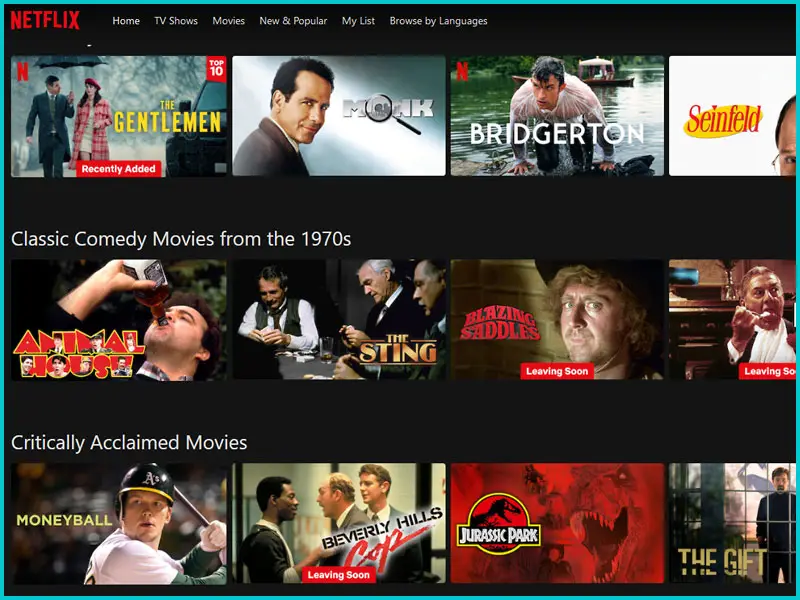
And it was. Today Netflix has fewer titles than a typical Blockbuster used to have. Setting aside TV series (which amount to about 2,000 titles), the site whats-on-netflix.com reports that Netflix subscribers have access to fewer than 5,000 movies, about half of which are “Netflix Originals” of mostly low quality. For fans of classics, things look even worse. As of this writing, Netflix has only about 200 movies made before the turn of the millennium and only 2 made before 1969, including White Christmas (1954) and The Guns of Navarone (1961). In this context, Disney+ once seemed like a miracle, collecting virtually all of Disney’s past catalog for one monthly price, and Max seemed to be following suit giving us all of the HBO catalog along with a hefty collection of Warner Brother’s titles, animation from Studio Ghibli, plenty of classics through their TCM brand, and more.
Since those heady early days, we’ve seen the explosion of competing services. There are now over 100 streaming platforms to choose from. Virtually all the major Hollywood studios and American broadcast networks have launched their own services, fragmenting access to new and classic films. Gone are the days when a cinephile could get by with just Netflix and Max. Here is a guide to finding good stuff to watch at home.
Good Stuff and How to Find It
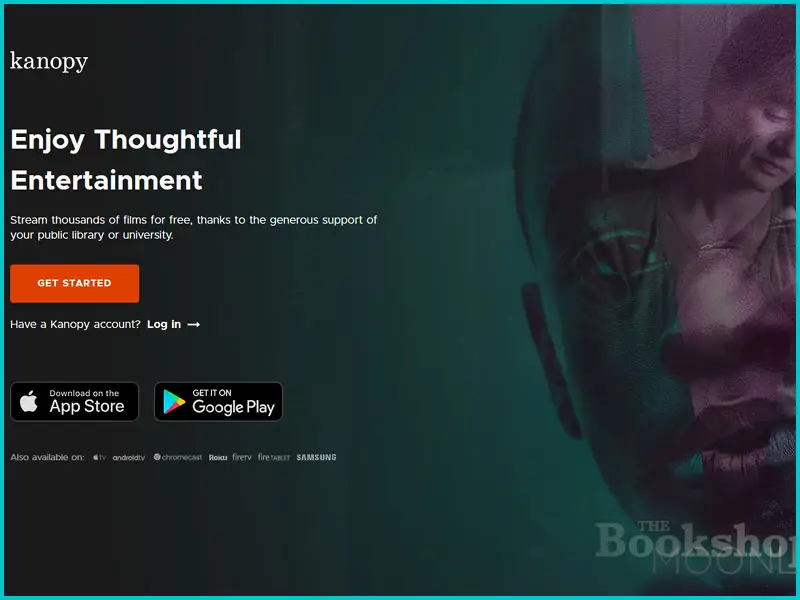
First don’t forget about DVDs and Blu-rays. Your public library probably has a good collection – if you have a way to play them at home. I was able to borrow Oppenheimer on DVD from my local library two months before it was available to stream on Peacock.
And whether you have a DVD player at home or not, your library card might get you access to Kanopy. This unique platform is free for library patrons at participating institutions for a limited number of streams each month. Titles rotate on and off like any streaming service, but they have an extensive collection with broad variety. Kanopy claims to have 30,000 titles, many of which are independent and art films, along with high quality versions of public domain films like early silent movies. I was particularly delighted last year when Kanopy added dozens of titles from American independent studio A24, including Everything Everywhere All at Once, Past Lives, Beau is Afraid and more.

Once you reacquaint yourself with your local public library, you should learn to start checking for good stuff on the services you actually subscribe to. Most platforms have some sort of “Recently Added” section, which I like to review each time I log into an app. It can be hard to find the list on some services, but it is usually lurking around somewhere. A properly functioning Recently Added section should include both new films and classic films that are rotating onto the service, so it is not necessarily the same as the New Releases section. Keeping an eye on recently added titles can remind you of recent movies that had previously been exclusively available on a service you don’t have access to, as well as old movies you missed you’ve never gotten around to seeing. Streamers can add new titles any time, but most tend to update their catalogs around the first of the month.
Three Recommended Streaming Alternatives
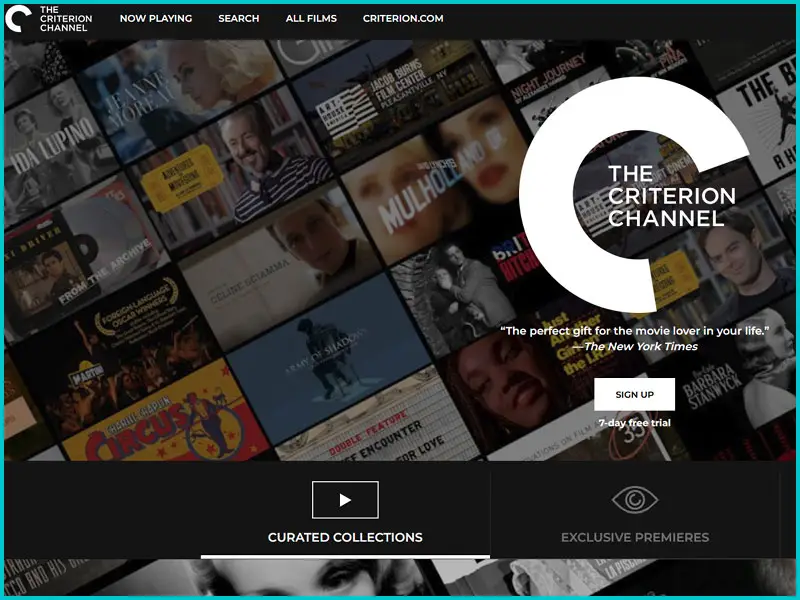
If you’re already getting the most out of your subscriptions and still feel like you can’t find anything to watch, consider looking beyond the usual suspects for less boring streaming services. Here are three recommendations, all of which are available as apps on most smart TVs (as is Kanopy).
The Criterion Channel could keep you busy for years. The service boasts more than 1,000 titles in the permanent library drawn from The Criterion Collection’s archival restorations of culturally significant films, plus a slate of rotating featured titles, usually part of a monthly retrospective on a particular filmmaker, genre, time period, or theme. For those who can’t live without on-demand access to stream Hitchcock or Godard or Wong Kar Wai, then The Criterion Channel feels like an oasis in the wilderness of today’s streaming landscape. Perhaps best of all, along with Disney+, Criterion is one of the few services that allows users to stream DVD special features. The Criterion Channel is a great deal at $10.99/month or $99.99/year.

My personal favorite streamer is Mubi. It’s the opposite of Netflix’s strategy of constantly infusing their site with mediocre content aimed at the lowest common denominator. Instead Mubi maintains a relatively small collection at any one time, with a new movie added or featured daily. It’s like having a film festival curator recommend something each day. They focus on global cinema and and art films aimed at adventurous cinephiles, ranging from new releases to classics. If you’re ever unsure what to watch, you can simply put on the movie of the day.
The daily picks are not always to my taste, but they are always interesting, and I feel like Mubi gives me a better picture of what’s going on around the world than any other American streaming service does. For example Mubi is the exclusive streamer for films like Decision to Leave (2022) by Korean auteur Park Chan-Wook, one of the best but least seen movies of the recent years. And they recently acquired The Idiots (1998) by Danish provocateur Lars von Trier, hard to access for the past 25 years due to its extreme sexual explicitness. Mubi costs $14.99/month or $119.88/year. That might sound a little steep for a niche streaming service without much mainstream fare, but at least your money will be going to support small movies and not whatever bloated and bland drivel the tech billionaires keep forcing on us.
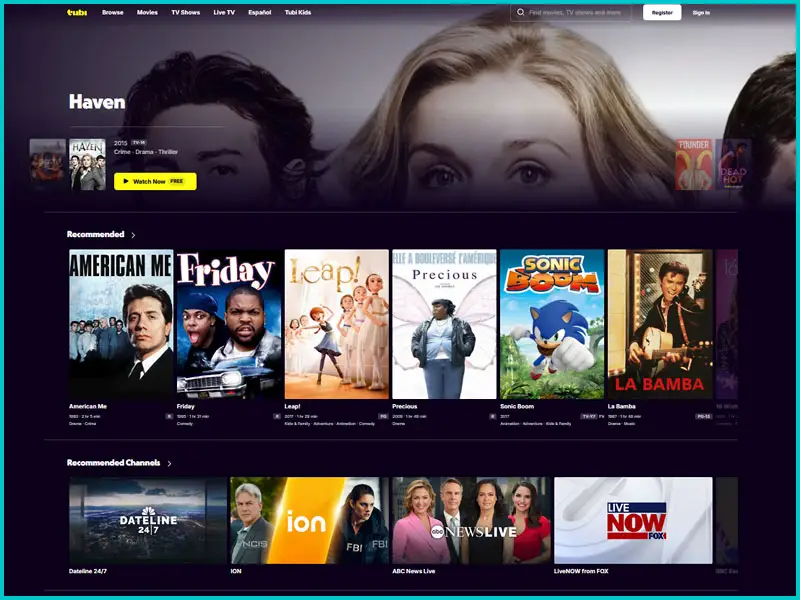
I also spend a lot of time on Tubi. It’s an entirely free ad-supported service that reminds me of the old UHF channels that used to show reruns and B-movies. Tubi has the typical rotating selection of new releases and mainstream Hollywood stuff, but they also have a good number of classics and one of the internet’s best selections of cult films. Check out the bizarre, psychedelic Head (1968) starring the Monkees, the hyper-violent live-action cartoon Death Race 2000 (1975), Nicholas Cage’s first starring role in the off-kilter teen comedy Valley Girl (1983), or the horror movie about a sentient car tire Rubber (2010). The downside of Tubi is the advertising. You can’t even pay to remove the ads if you wanted to. But now that Amazon and Disney are starting to introduce advertisements into their content, Tubi’s $0 price tag seems even better.








